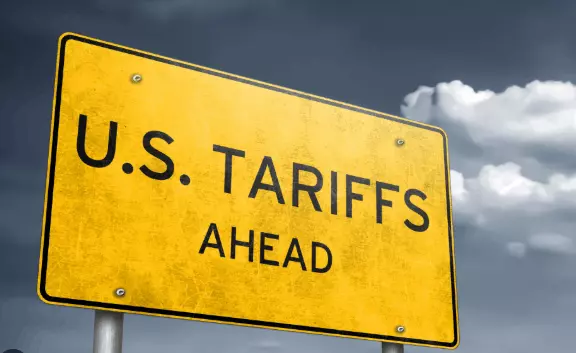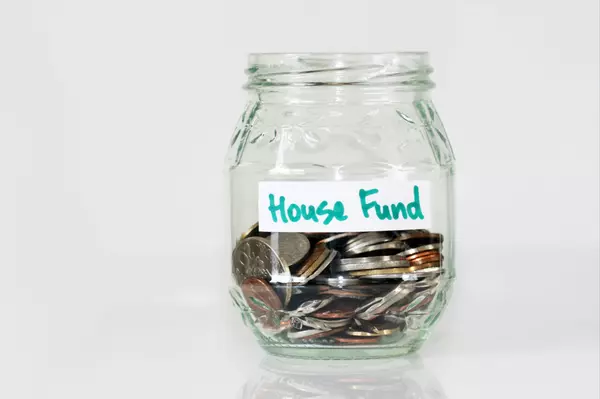What Is A Mortgage?
What is a Mortgage?
A mortgage is a loan that helps you purchase a property, with the property itself acting as collateral. This means if you miss payments, the lender can take possession of the property and sell it to recover their loan.
There are several key components to a mortgage, each influencing the overall cost. Let's break it down.
1. Down Payment
When buying a home, you need to contribute a portion of the purchase price upfront. This is called the down payment.
In Canada, if you're buying a home to live in, the minimum down payment is 5% of the price for homes under $500,000. For homes over $500,000, the down payment is 5% on the first $500,000, and 10% on any amount above that up to $1.5M, 20% is required over $1.5M. For example, if you're buying a home for $600,000, the down payment would be:
- 5% of $500,000 = $25,000
- 10% of $100,000 = $10,000 Total down payment = $35,000.
If you're purchasing a rental property, the down payment is typically 20% or more of the property's price.
Down payments must come from acceptable sources, like savings, RRSPs (if you're a first-time homebuyer), or gifts from close family members. The lender will require documentation proving the source of the funds to avoid money laundering.
2. Closing Costs
In addition to the down payment, you'll need extra funds for closing costs, which can include legal fees, land transfer taxes, title insurance, and property tax adjustments. As a rule of thumb, in Canada, expect closing costs to be around 2-5% of the purchase price.
For example, if you buy a home for $500,000, you might need an additional $10,000 to $25,000 for closing costs.
3. Mortgage Default Insurance
If your down payment is less than 20%, you’ll need to pay for Mortgage Default Insurance. This insurance protects the lender if you can’t make your payments. The cost of this insurance is based on your down payment and is added to your mortgage balance.
For example, if you buy a $500,000 home with a 5% down payment ($25,000), the insurance could cost you around 4% of the mortgage amount, which is $19,000. This amount would be added to your mortgage balance.
4. Amortization Period
The amortization period is the length of time it will take you to pay off your mortgage in full. In Canada, if your down payment is less than 20%, the maximum amortization period is 25 years. If your down payment is 20% or more, you can stretch the amortization to 30 years. A longer amortization reduces your monthly payment but increases the total interest you pay over time.
5. Mortgage Term
A mortgage term is the length of time you're committed to a specific lender and interest rate. Terms usually range from 6 months to 10 years, but 5 years is the most common. At the end of the term, you can renew with the same lender, shop for a better deal, or pay off the mortgage.
6. Types of Mortgages
There are two main types of mortgages:
- Open Mortgages: You can pay off the full loan at any time without penalty.
- Closed Mortgages: You can't pay off the mortgage early without facing a penalty, but the interest rates are usually lower.
7. Interest Rates
Your mortgage interest rate can be either fixed or variable. A fixed-rate mortgage means your payments remain the same throughout the term, while a variable-rate mortgage means your payments can fluctuate based on market interest rates.
8. Payment Frequencies
You can choose how often to make your mortgage payments. The most common options are:
- Monthly: 12 payments per year
- Bi-weekly: 26 payments per year
- Weekly: 52 payments per year
Some lenders also offer accelerated payments, which allow you to pay down your mortgage faster. For example, if your monthly payment is $1,200, choosing an accelerated bi-weekly payment could increase your annual payments to $13,200, allowing you to pay off your mortgage quicker.
9. Pre-Payment Privileges
Most mortgages allow you to make extra payments on top of your regular payment to reduce the principal balance faster. Depending on your lender, you may be allowed to prepay a certain percentage of your original mortgage balance each year.
For example, if you have a $300,000 mortgage and your lender allows you to prepay 15% annually, you could make up to $45,000 in extra payments without penalty each year.
10. Pre-Payment Penalties
If you want to break your mortgage contract early, you may face a pre-payment penalty. The penalty depends on the lender, interest rates, and remaining term. Be sure to check your mortgage terms to understand the potential costs.
11. Mortgage Features
Some mortgages come with extra features that can benefit you:
- Portability: You can transfer your mortgage to a new property without penalties.
- Assumability: Someone else can take over your mortgage payments.
- Skip-a-Payment: You may be able to skip one payment per year without penalty if you face financial hardship.
- Cash-Back Mortgages: The lender gives you a lump sum, which can help with additional expenses like moving costs, but these often come with higher interest rates.
Conclusion
Mortgages are a big commitment, and it's essential to understand all the components before making a decision. The best mortgage for you will depend on your financial situation, down payment, and future plans. Always compare different options to find the right fit for your needs.
Categories
Recent Posts











